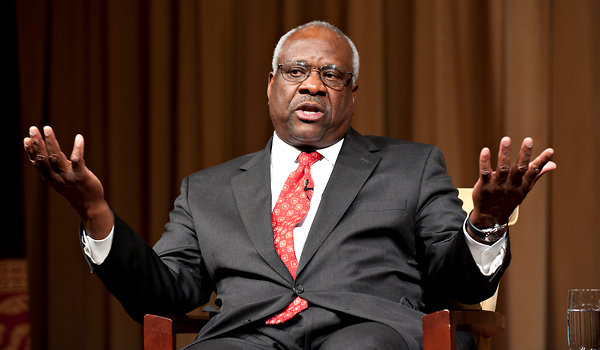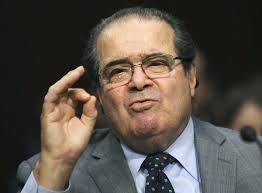For my final blog post of this semester, I will look at a major case that is yet to be decided. With oral arguments just over a week ago, I will discuss the fresh case of United States. I will also discuss how I think the case will end up and some of those ramifications of that ruling.
First off, a few facts about United States v. Texas. In 2012, Homeland Security implemented DACA which allowed prosecutors not to enforce immigration laws. Then under DAPA, it expanded the people eligible that could not be prosecuted. Texas argued that it violated Administrative Procedure Act and the Take Care Clause. A conservative district court and Fifth Circuit court ruled in favor of Texas.
The way I see this case going is similar to other cases that have been decided since Justice Scalia’s death. I feel it might be another 4-4 ruling. A 4-4 ruling would affirm the lower court’s decision. The problem is that a 4-4 ruling would not create a nationwide precedent to follow. Instead, it would affirm the United States Court of Appeals for the Fifth Circuit’s decision making the ruling only effective in that court’s jurisdiction.
This case looks like a good time when a ninth justice would be handy. However, with Obama’s nomination yet to be confirmed, this decision will likely be only decided by eight justices. This might even be the most important case the Supreme Court will hear this year and it is a shame that it could be potentially deadlocked at 4.
This might even be moot when Donald Trump becomes President and changes the immigration laws. #Trump2016 #MakeAmericaGreatAgain


